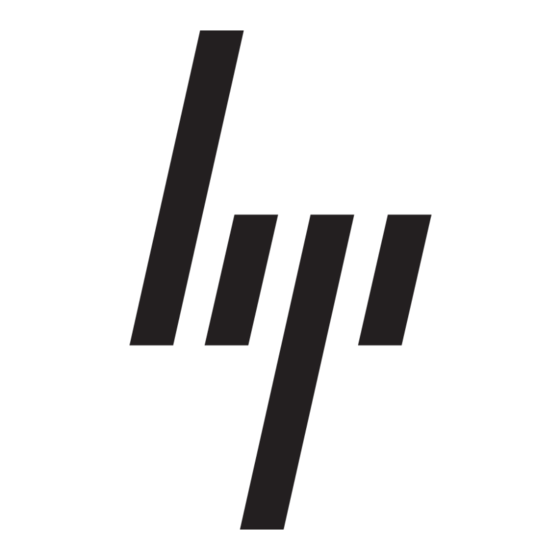HP Xw460c - ProLiant - Blade Workstation Overview - Page 20
Browse online or download pdf Overview for Switch HP Xw460c - ProLiant - Blade Workstation. HP Xw460c - ProLiant - Blade Workstation 35 pages. Mezzanine card installation instructions for supported hp proliant c-class bladesystem servers
Also for HP Xw460c - ProLiant - Blade Workstation: Implementation Manual (35 pages), Error Prevention Manual (12 pages), Technical White Paper (12 pages), Firmware Update (9 pages), Installation Manual (2 pages), Frequently Asked Questions Manual (14 pages), Setup Poster (9 pages), Installation Manual (33 pages), Management Manual (28 pages), Hardware Manual (23 pages), User Manual (33 pages), Optimization Manual (13 pages), Limited Warranty (10 pages), Installation Instructions Manual (10 pages), Installation Instructions Manual (8 pages), Installation Instructions (4 pages), Installation Instructions (2 pages)

